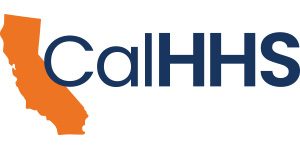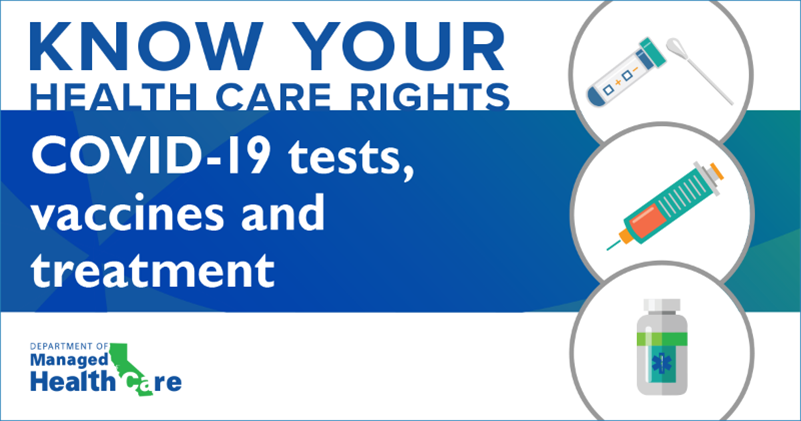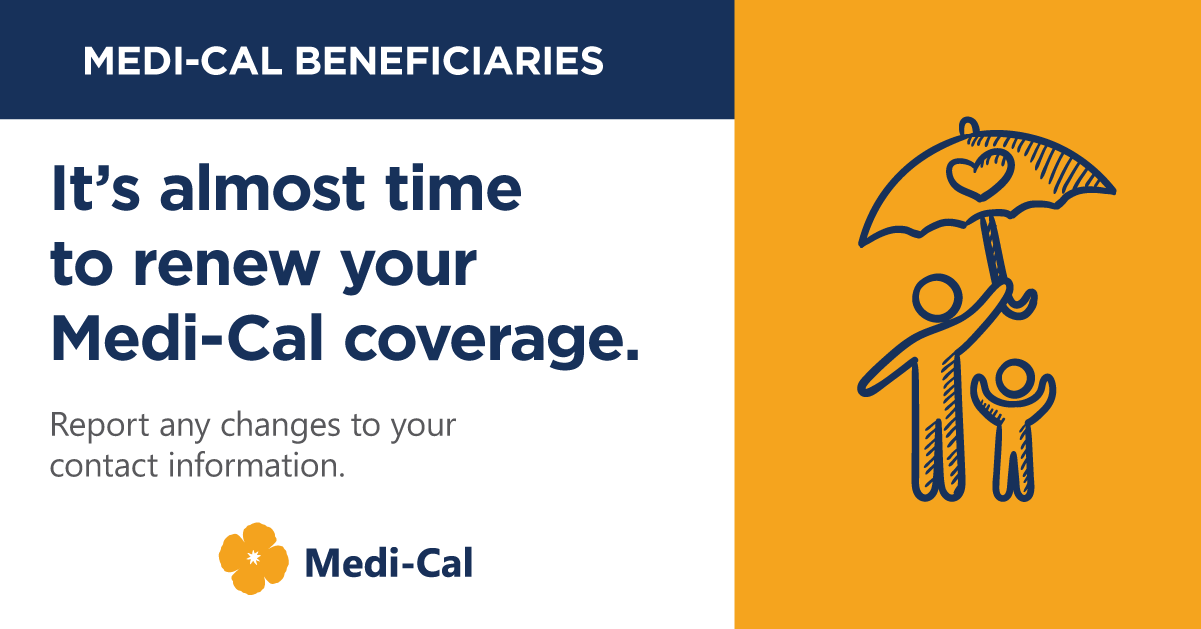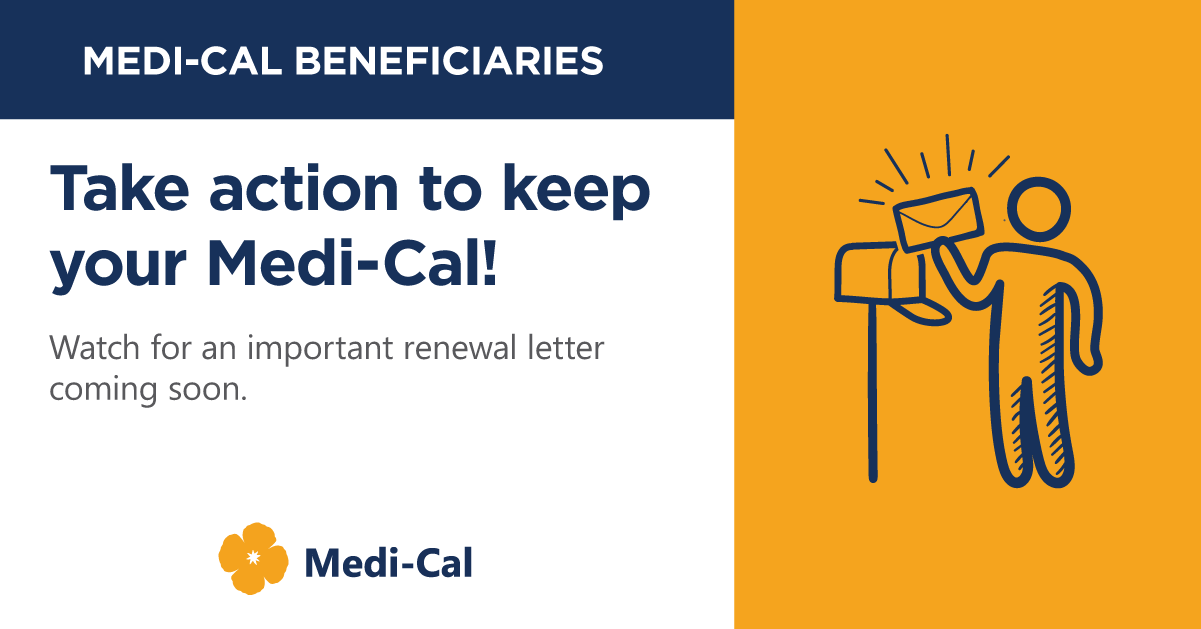End of California’s COVID-19 State of Emergency and the Federal Public Health Emergency for COVID-19
With the end of California’s COVID-19 State of Emergency on February 28 and in preparation for the end of the federal Public Health Emergency (PHE) for COVID-19 on May 11, the California Health & Human Services Agency (CalHHS), along with its Departments and Offices, is providing Californians with information about various programs and services affected, including flexibilities and other policy changes.
In California, COVID-19 response efforts remain a public health priority even though the State of Emergency is ending. The state’s SMARTER Plan, which looks at where the state has been and draws on lessons learned from our collective experiences, will ensure a level of operational preparedness to support communities and appropriately respond to future outbreaks.
For more information about the end of California’s State of Emergency, visit the Governor’s website.
To learn more about the end of the federal PHE, visit the U.S. Department of Health and Human Services.
Department of Managed Health Care
Health Plan Enrollees Have the Right to COVID-19 Tests, Vaccines and Treatment with No Cost-Sharing
Health plans regulated by the California Department of Managed Health Care (DMHC) must cover COVID-19 tests, vaccines and treatment with no health plan prior authorization or enrollee cost-sharing. Enrollee cost-sharing includes co-pays, co-insurance, deductibles or other enrollee out-of-pocket costs not including health plan premiums.
Continued Access to COVID-19 Tests, Vaccines and Treatment with No Cost-Sharing
California state laws add six months to the federal PHE requirements on health plans to continue covering COVID-19 tests, vaccines and treatment from any licensed provider (in- or out-of-network) with no prior authorization or enrollee cost sharing. The federal PHE ends on May 11, 2023, and state laws extend these requirements for six months through November 11, 2023.
After November 11, 2023, enrollees can continue to access COVID-19 tests, vaccines and treatment with no prior authorization or cost sharing when they access these services through their health plan’s network. Health plan enrollees can be charged cost-sharing only if these services are provided out of network after November 11, 2023.
View the DMHC COVID-19 fact sheet for more information and resources for health plan enrollees.
Department of Health Care Services
In March 2020, at the beginning of the federal PHE, the federal government required states to continue to cover every person who became eligible for Medi-Cal, even if their income or other circumstances changed. This became known as the “continuous coverage requirement.” This assured that low-income families, older adults, working adults, children, and people with disabilities would have access to health care throughout the pandemic.
On December 29, 2022, the federal government, in the Consolidated Appropriations Act of 2023, delinked the Medi-Cal continuous coverage requirement from the PHE and set March 31, 2023, as its end date.
As a result, California will start its “unwinding” process at that time (see the DHCS Medi-Cal COVID-19 Public Health Emergency and Continuous Coverage Operational Unwinding Plan). It also means that the annual renewal process for Medi-Cal members will resume on April 1, 2023, and continue for the next 14 months.
California is working to help Medi-Cal members navigate this process. DHCS launched a statewide public information, education, and outreach campaign, called “Keep Your Coverage”, to raise awareness about the upcoming return of the Medi-Cal eligibility renewals to help Medi-Cal members keep their current Medi-Cal coverage, get free or low-cost coverage from Covered California or other government programs, or transition to employer-sponsored health coverage that may be available to them.
DHCS created a Keep Medi-Cal Coverage webpage where Medi-Cal members can find out how to update their contact information and sign up to receive important updates. DHCS also released a continuous coverage toolkit to aid the campaign and support the work of the DHCS Coverage Ambassadors who are helping to raise awareness among Medi-Cal members in their community about the redetermination process.
Millions of Medi-Cal members will remain eligible for Medi-Cal, but some individuals and families will no longer be eligible. California estimates that between two and three million people will be determined ineligible for Medi-Cal over the next year.
If someone is no longer eligible for Medi-Cal, but they are eligible for financial help through Covered California, DHCS and Covered California will work together to automatically enroll them in a health plan to make sure they don’t lose their health coverage. If members receive a Covered California enrollment notice, they must confirm their plan and pay the first monthly premium to remain covered.
MORE DETAILS ON THE UNWINDING PLAN:
Part I, Unwinding Medi-Cal Program Flexibilities, includes information about eligibility flexibilities received during the public health emergency, flexibilities that were or will be made permanent, and flexibilities that will expire at the end of the public health emergency.
Part II, Resumption of Normal Medi-Cal Eligibility Operations, includes information on federal eligibility flexibilities that will be utilized during the unwinding of the continuous coverage requirements to help support county efforts with the Medi-Cal redetermination process and federally approved eligibility coverage retention strategies.
The unwinding period will begin on April 1, 2023, and cover a total of 14 months (12 months for the initiation of renewals plus two months to complete all outstanding eligibility and enrollment actions that were paused as a result of the PHE).
Department of Public Health
The following changes are expected now that California’s COVID-19 State of Emergency has ended:
Contact Tracing
When California declared a COVID-19 State of Emergency, a robust contact tracing program was launched to help slow the spread of the virus. Contact tracing is a foundational public health activity that will continue statewide. With the end of the COVID-19 State of Emergency, some state support provided to local health departments throughout the pandemic will end.
For more information, visit the Contact Tracing Resources website.
Treatment
Some pharmacies may also be able to give prescriptions for treatment. For those that are uninsured or can’t get timely treatment, California continues to have a free telehealth treatment provider that can be accessed by calling 833-686-5051 to make a phone or video appointment.
For more information, visit the COVID-19 Treatment and Telehealth website.
Laboratory Testing
Allowances that expedited license processing for facilities performing COVID-19 testing will end.
For more information, visit the Laboratory Field Services website.
Vaccinations
All state mobile and fixed vaccination resources are being phased out. COVID-19 vaccine continues to be available to order by local health departments and other providers in the community, including many primary care providers and pharmacies.
For more information, visit the COVID-19 Vaccine (ca.gov) website.
Health Care Personnel and Facilities
CDPH waived some training requirements for hospital and nursing home personnel to maintain proper staffing levels during the COVID-19 pandemic. This included certified nursing assistants and home health aides, who will need to return to their regular training schedules and submit certification renewals.
Additionally, some health facilities repurposed parts of their buildings for COVID-19 treatment or created temporary structures that could be used to accept patients during a COVID-19 surge. facilities will still have the ability to augment their medical surge capacity after the end of the Public Health Emergency through HCAI.
For more information, visit the Health Care Quality website.
Programs for Women, Infants, Children and Families
With the end of the State of Emergency, WIC (Women, Infants & Children) program recipients will again be required to enroll or recertify in-person to receive services. In addition, some staffing resources provided to locals related to maternal, child and adolescent health will be reduced.
For more information, visit the WIC website.
The California Department of Public Health (CDPH) anticipates the following changes will occur with the end of the federal PHE:
Healthcare Providers
Federal rules that provided additional workforce to administer COVID-19 vaccination are set to end on October 1, 2024. These rules allowed, for example, pharmacy interns, healthcare providers with recently expired licenses and those licensed to work only in one state to give COVID-19 vaccines. There is ongoing deliberation at the federal level and in the courts in this area.
For more information on Healthcare Provider Flexibilities, visit the Public Health Emergency website.
Test-to-Treat Sites
California is phasing out state-run COVID-19 testing sites, including those that provide on-site treatment. CDPH will continue to make over the counter COVID-19 tests available to local health departments and schools. The CDC is continuing its Increasing Community Access to Testing program which includes some California sites.
Learn more about the COVID-19 Test to Treat Program and CDC Increasing Community Access to Testing.
Office of AIDS
Beginning April 1, 2023, enrollees in the Medi-Cal Waiver Program and the AIDS Drug Assistance Program may experience changes to their current enrollments and eligibilities as some of the flexible enrollment and eligibility rules put into place under the federal public health emergency may change.
Learn more about the Medi-Cal Waiver Program and the AIDS Drug Assistance Program.
Department of Social Services
The following change is expected now that California’s COVID-19 State of Emergency has ended:
Community Care Licensing
Following the end of California State of Emergency, temporary flexibilities regarding the licensing requirements for facilities licensed by the Department are no longer be active as of March 1, 2023. Facilities operating under temporary waivers must resume regular operations. For details on these changes and other recent guidance provided to licensed facilities, please see the following Provider Information Notices.
The California Department of Social Services anticipates the following changes will occur with the end of the federal PHE:
In Home Supportive Services (IHSS)
- Temporary flexibilities regarding the administration of the IHSS program will no longer be active. For more information, view the All-County Letter No. 21-29.
- Counties will begin Medi-Cal renewal activities on April 1, 2023 for beneficiaries with a June 2023 renewal date. For IHSS recipients that lose their Medi-Cal eligibility, county IHSS staff will assist recipients seeking to restore their eligibility. Also, to help remind IHSS recipients to complete their Medi-Cal renewals, CDSS is partnering with DHCS to provide tailored reminders and messaging to help prevent any loss of services. For more information, view the Medi-Cal Eligibility Division Information Letter No.: 23-02.
CalFresh Student Eligibility
- California temporarily extended CalFresh eligibility to students eligible for work study and students with an Expected Family Contribution of zero dollars for financial aid. Beginning June 10, 2023, these temporary exemptions will no longer apply to college students newly applying for CalFresh. Beginning July 1, 2023, college students who already receive CalFresh benefits should not experience any changes until their next recertification, where their eligibility will be reassessed.
Pandemic-EBT (P-EBT)
- P-EBT benefits will be available until the month the federal PHE expires for both school-aged children and young children under age six. All P-EBT benefits must be delivered by September 30, 2023. CDSS will be submitting plans to the federal government to provide P-EBT benefits for the 2022-23 schoolyear.
CalWORKs Homeless Assistance
- Many temporary flexibilities for applicants and recipients of CalWORKs have been made permanent, including changes to pregnancy verification, signature, and identification requirements. Other flexibilities, such as virtual applicant interviews, have ended. Visit the CalWORKs website for more information.
- Applicants and recipients of CalWORKs may qualify for 16 additional days of temporary Homeless Assistance benefits based on an exception to the once-per-year limitation due to a state or federal disaster declaration. While families may still be eligible for an exception to the once-per-year limit due to a state or federal disaster declaration, they will no longer be eligible for an exception based on the COVID-19 disaster declaration. View the CalWORKs Homeless Assistance Program fact sheet to learn more.
Emergency Medical Services Authority
The California Emergency Medical Services Authority (EMSA) does not anticipate any significant impacts with the end of the federal PHE. However, with the end of California’s COVID-19 State of Emergency the following changes apply:
Administration of Vaccinations and Testing
- Under the COVID-19 State of Emergency, EMS personnel were permitted to administer vaccines and conduct testing in hospitals, medical facilities, alternate care sites, shelter care sites, and in-home settings.
- Effective 3/1/23, EMS personnel will no longer be able to provide this care for patients at these sites.
Out-of-State EMS Personnel
- With the end of the COVID-19 State of Emergency, health care providers licensed out-of-state who have been allowed to practice in California without an approved California license will no longer be permitted to practice in California.
- Out-of-state health care providers who wish to continue practicing in California should contact the respective California licensing Board to obtain California licensure.
For more information, visit the EMSA website.
Department of Health Care Access and Information
The California Department of Health Care Access and Information (HCAI) does not anticipate any significant impacts to its programs with the end of the federal PHE. Under California’s COVID-19 Emergency, changes made to HCAI programs during the pandemic focused predominantly on permitting hospitals and skilled nursing facilities to expand their use of space to treat patients during the height of the pandemic.
Hospitals and skilled nursing facilities will still have the ability to augment their medical surge capacity after the end of the California’s COVID-19 Emergency by following the HCAI process that existed prior to the pandemic. Visit HCAI’s COVID-19 Resources page to learn more.





